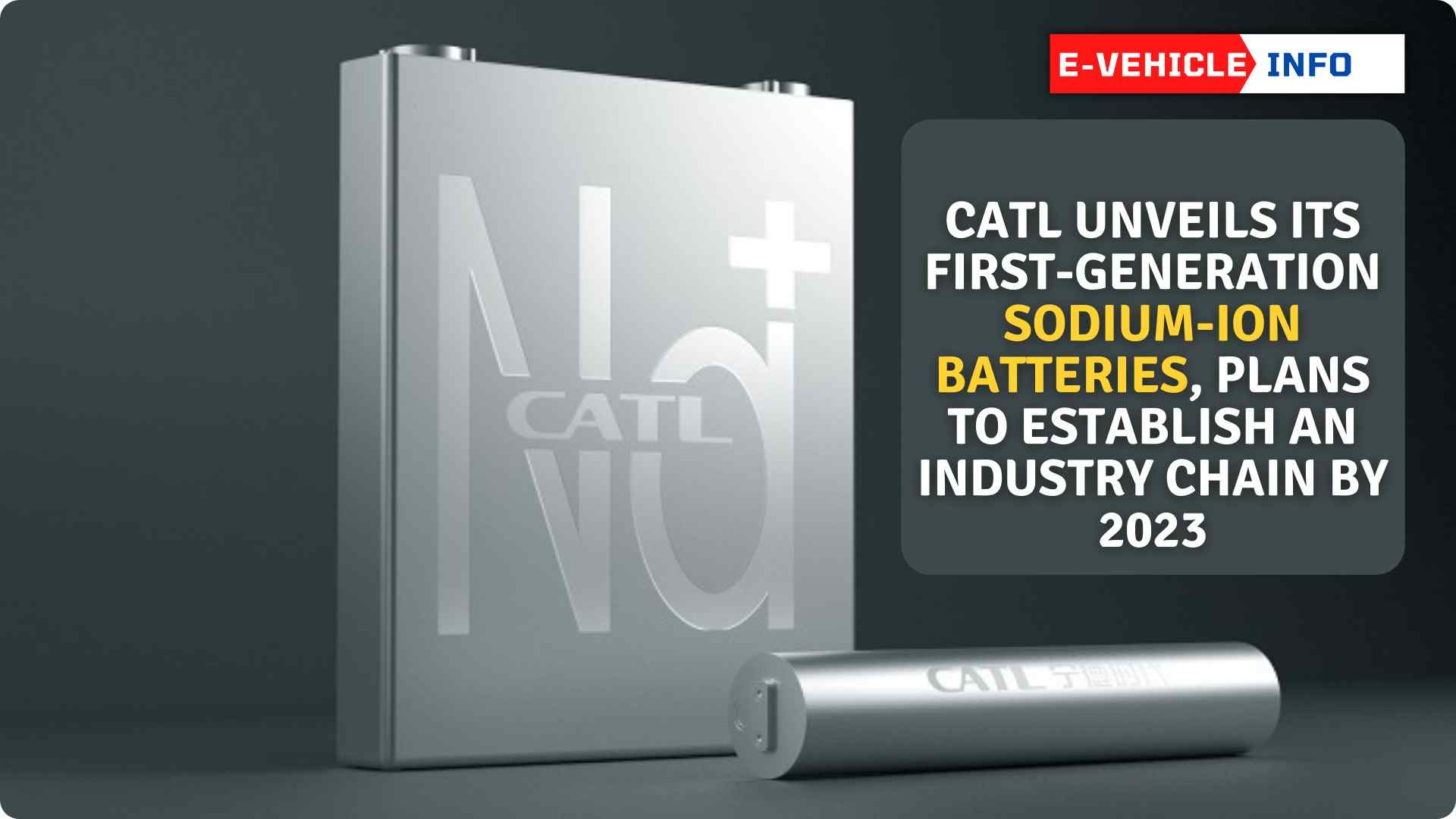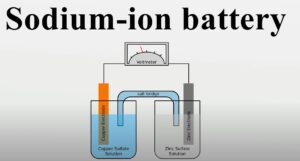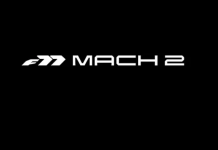 CATL unveils its first-generation sodium-ion batteries, plans to establish an industry chain by 2023.
CATL unveils its first-generation sodium-ion batteries, plans to establish an industry chain by 2023.
Chinese battery giant Contemporary Amperex Technology Co (CATL) on Thursday unveiled its latest technology breakthrough – a first-generation sodium-ion battery that beats widely used lithium batteries in fast charging and low-temperature performance. can give.
The CATL, President Robin Zeng Yukun revealed on Thursday that the energy density development target of next-generation sodium-ion batteries exceeds 200 watt-hours per kilogram.
CATL Unveils its First Generation of Sodium-ion Batteries And it plans to establish an industry chain by 2023.
Sodium-ion battery VS Lithium-ion battery Vs Lead-acid battery
| Sodium-ion Battery | Lithium-ion battery | Lead-acid battery | |
| Cost per Kilowatt Hour of Capacity | No data is available. Estimated to be similar to or somewhat less than Li-ion. | $137 (average in 2020). | $100–300 |
| Volumetric Energy Density | 250–375 W·h/L, based on prototypes. | 200–683 W·h/L | 80–90 W·h/L |
| Gravimetric Energy Density (specific energy) | 75–150 W·h/kg, based on prototypes | 120–260 W·h/kg | 35–40 Wh/kg |
| Cycles at 80% depth of discharge | Up to thousands. | 3,500 | 900 |
| Safety | High | Low | Moderate |
| Materials | Earth-abundant | Scarce | Toxic |
| Cycling Stability | High (negligible self-discharge) | High (negligible self-discharge) | Moderate (high self-discharge) |
| Direct Current Round-Trip Efficiency | up to 92% | 85–95% | 70–90% |
| Temperature Range | −20 °C to 60 °C | Acceptable:−20 °C to 60 °C.Optimal: 15 °C to 35 °C | −20 °C to 60 °C |
Table Source: Wikipedia
Sodium-ion Batteries- Cost & Benefits

Sodium-ion batteries have cost benefits, but industrialization will take time-
As a new type of battery, the sodium-ion battery has the advantages of abundant raw material reserves, low cost, is safer and are more environmentally friendly, etc., and has a relatively wide development space in the field of energy storage.
However, due to imperfect technology and immature production equipment, the industrialization of sodium-ion batteries is still a long way off, and achieving large-scale mass production may take more than 5 years.
In China, except for CATL’s plan to release its sodium-ion battery products in the near future, most other companies are in the technological exploration stage.
Related research shows that the raw material Cost of sodium-ion batteries is about 0.25 RMB/Wh, and the raw material cost of lithium iron phosphate batteries is more than 0.43 RMB/Wh. Sodium-ion batteries have significant advantages in raw material cost.
In addition, due to the high resistance of sodium-ion batteries and the ability to discharge to 0V, they are also more advantageous in terms of safety and storage, and transportation.
Although sodium-ion batteries have obvious advantages in raw material cost and safety, their low energy density cannot be avoided. At present, the energy density that sodium-ion batteries can achieve is about 100-150Wh/kg.
The energy density of mainstream ternary lithium batteries has reached 250Wh/kg, and even the energy density of lithium iron phosphate batteries is about 180Wh/kg.






